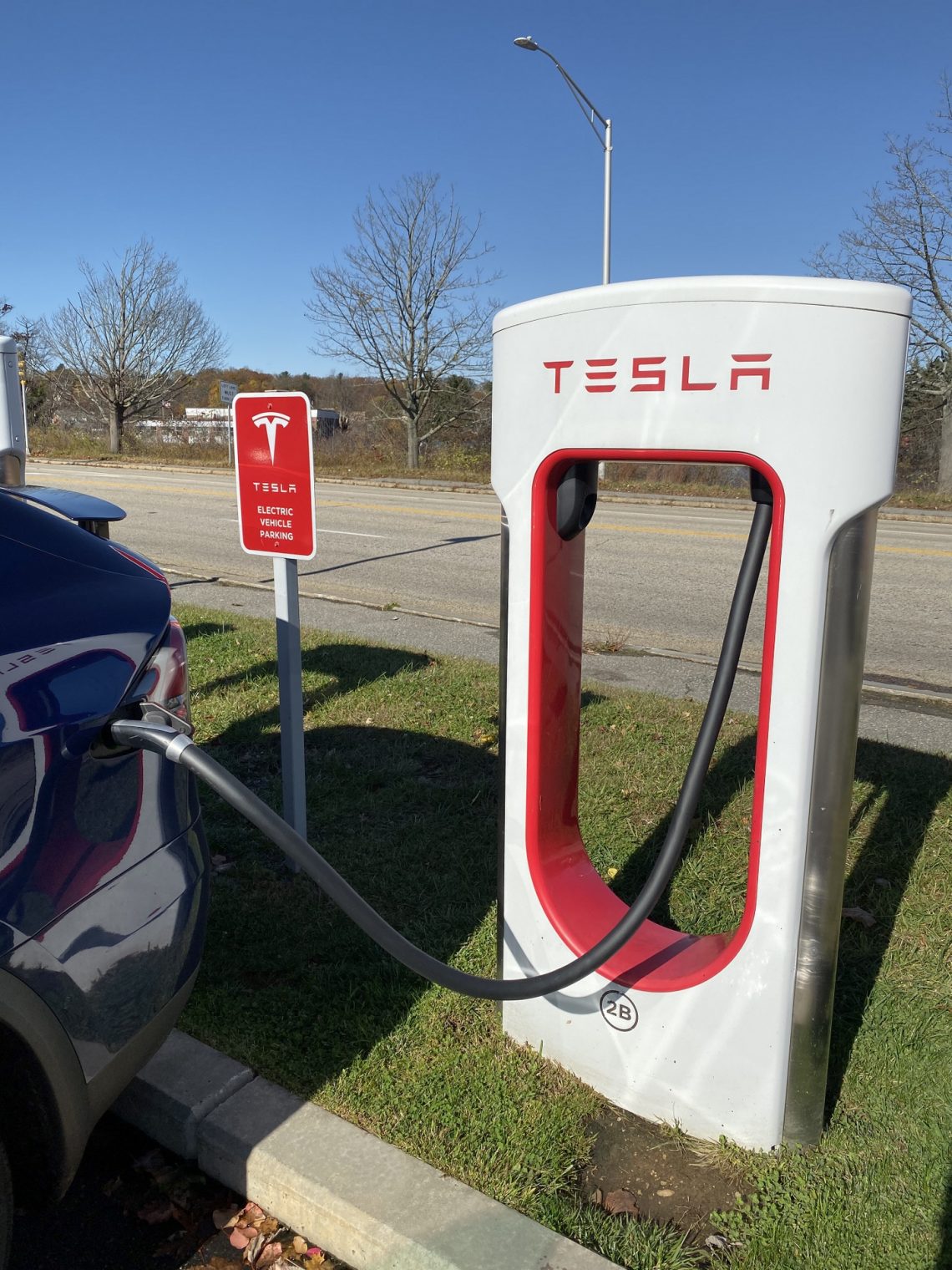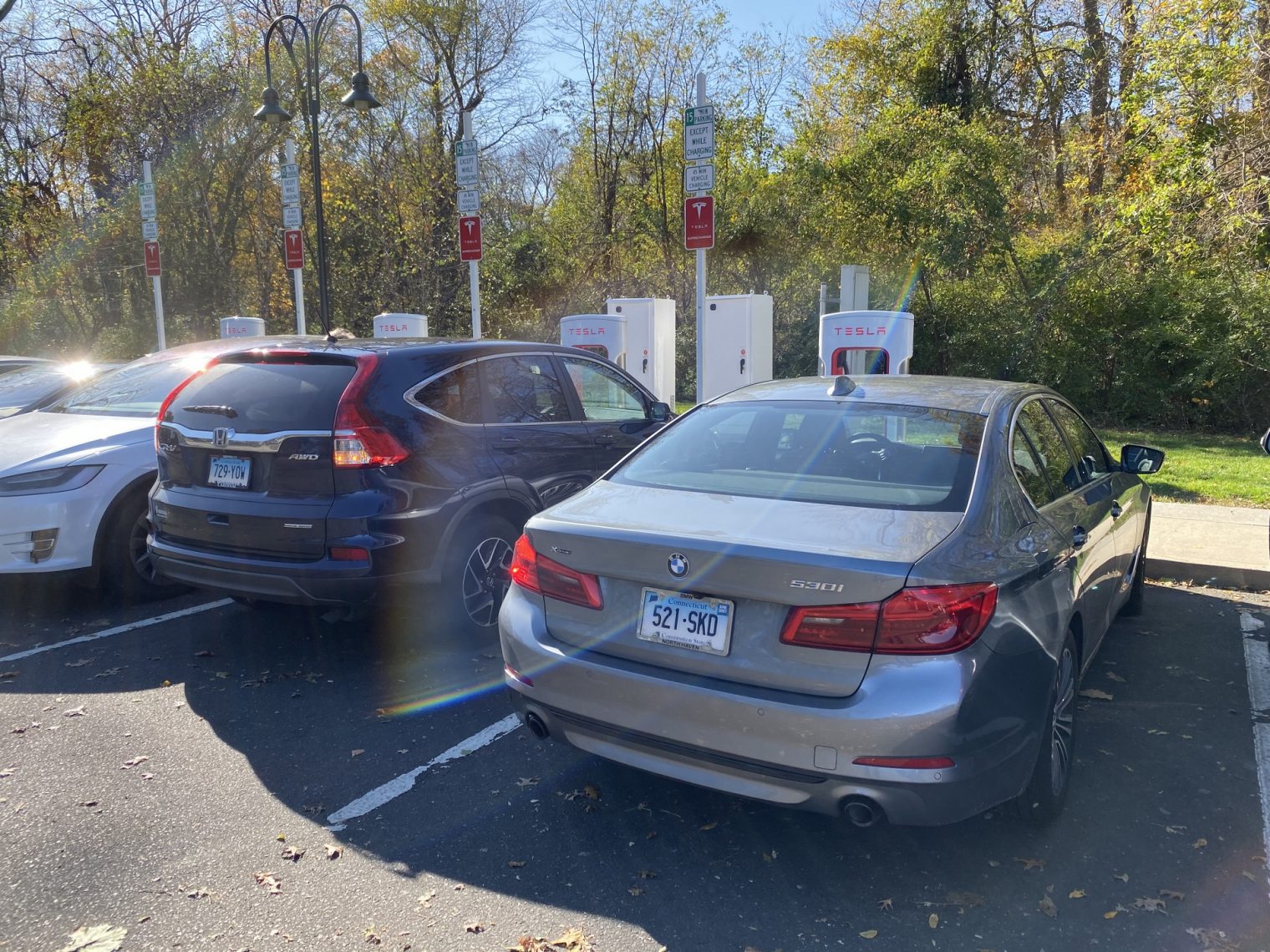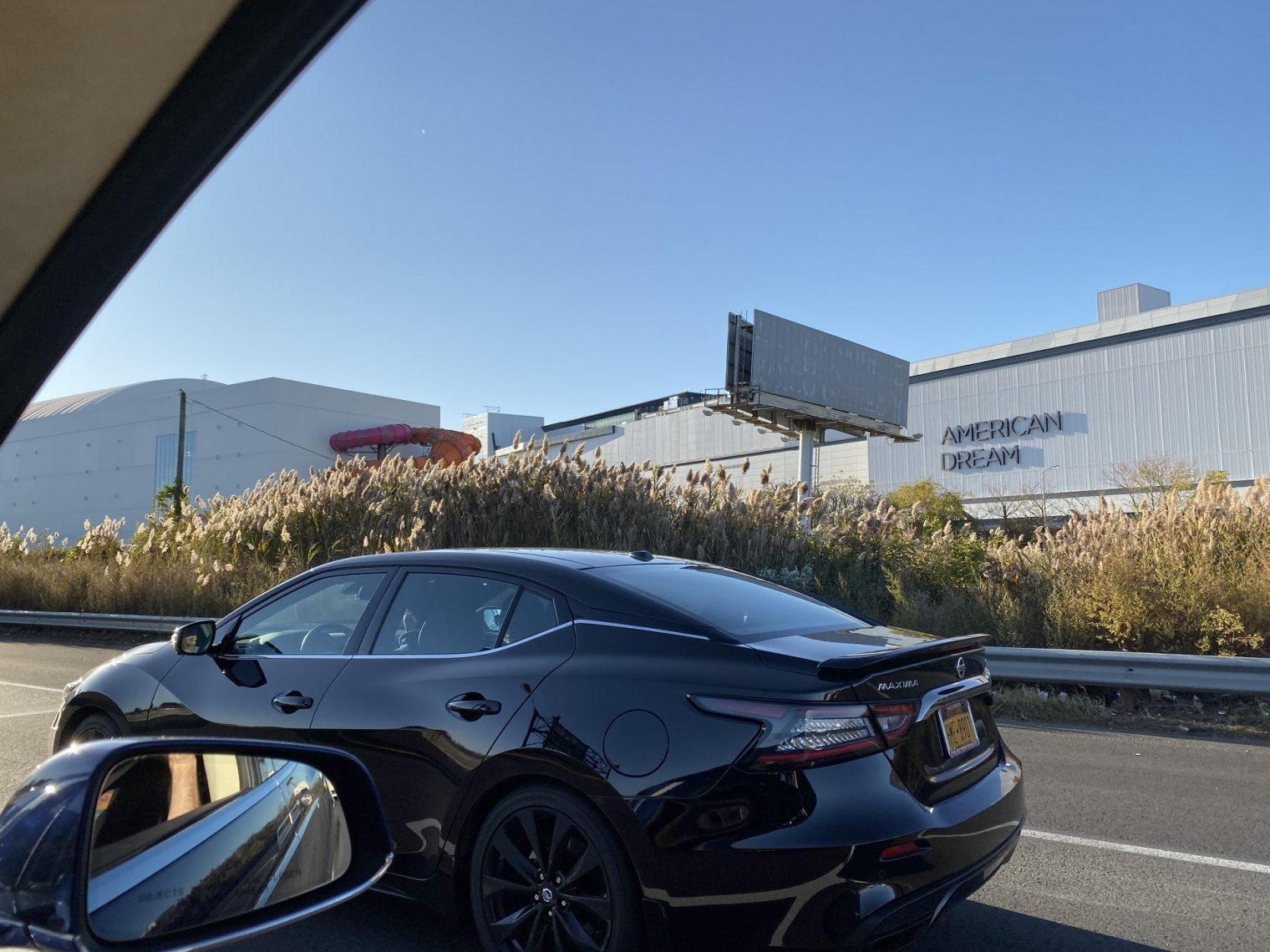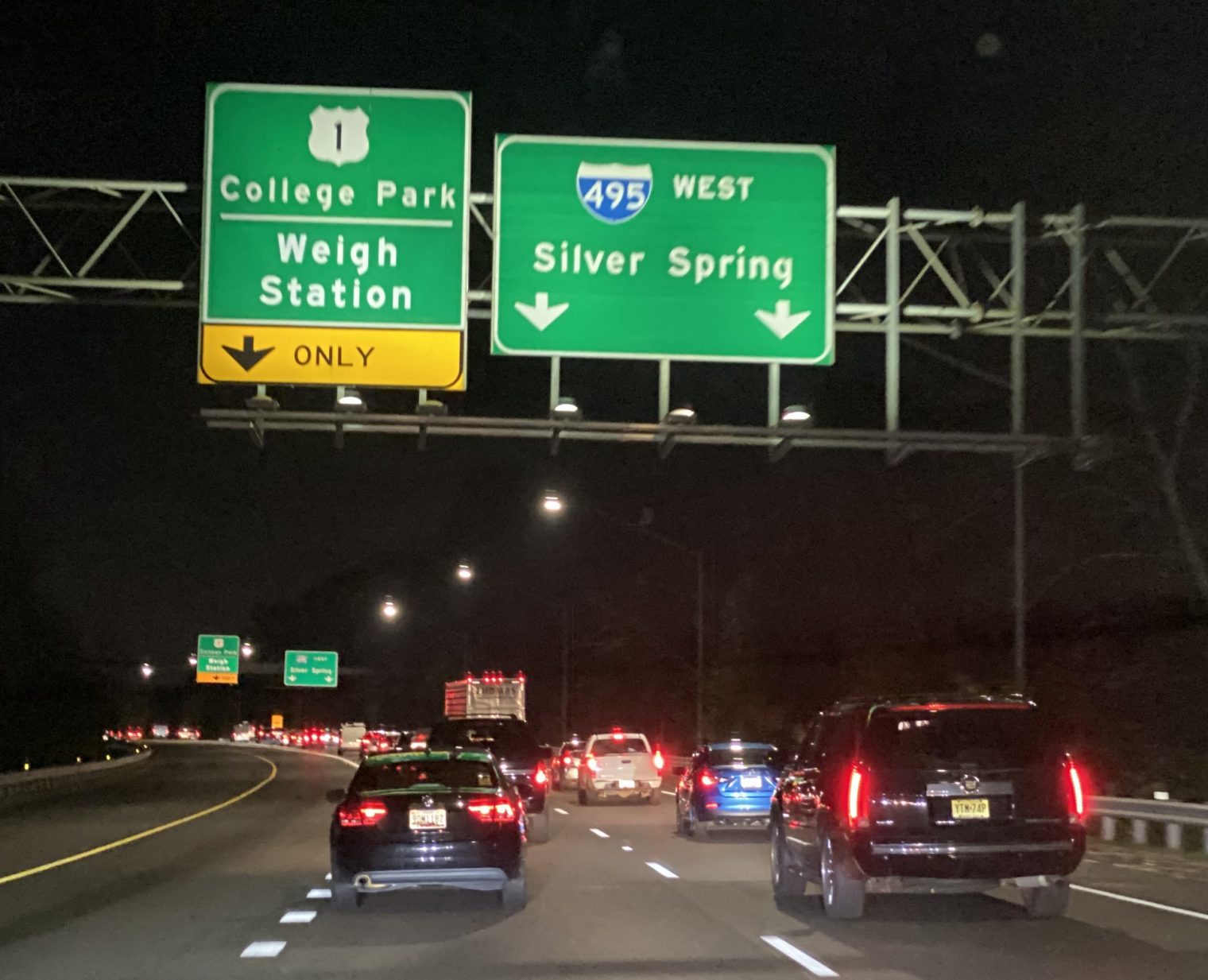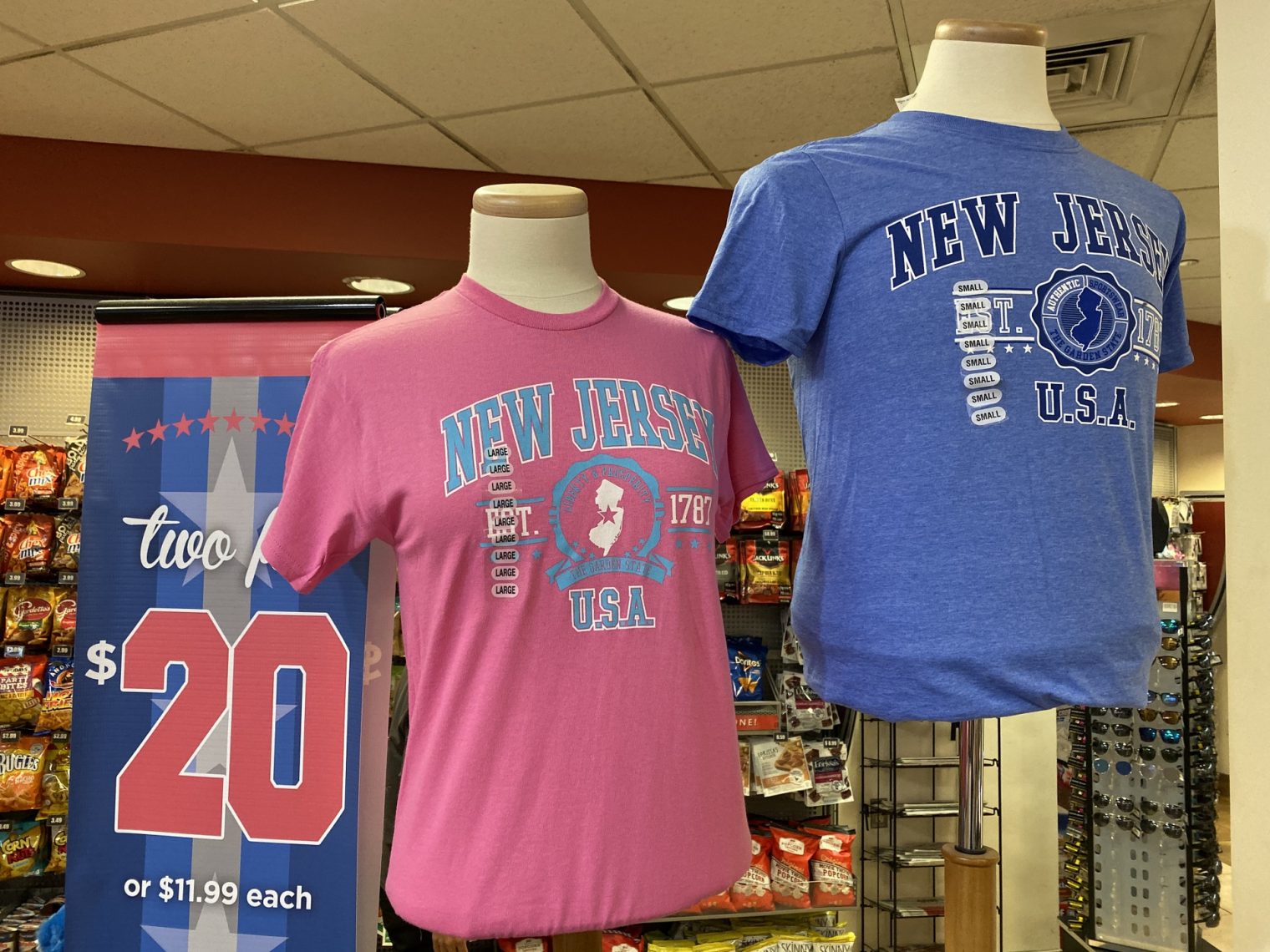Twin Commander pilot departs on a pole-to-pole flight
Check out this comprehensive web site on a pole-to-pole flight in a Twin Commander (turboprop) scheduled to start today. The pilot, Robert DeLaurentis, dead-sticked a Lycoming-powered Piper Malibu Mirage into Kuala Lumpur (newspaper story, short on tech details) during a previous round-the-world trip, which is the subject of Zen Pilot.
The Zen Pilot book explains a fair amount about the Malibu trip and the oil system failure. The reputation of the Malibu Mirage is that the engine does not need any encouragement to fail. However, DeLaurentis had equipped the plane with an aftermarket system for adding oil to the engine from within the pressurized cockpit. Airplane engines that are burning nearly one quart of oil per hour will still fly for 3-4 hours without incident. What if one has planned a 12-hour flight, though? It might be possible to burn through all of the oil. So DeLaurentis had the ability to add a quart at a time. Some part of the aftermarket piping likely came loose or was damaged by the Malaysian mechanics trying to change the oil.
Some excerpts from Zen Pilot, whose author seems to be a true son of California:
By anybody else’s measure, I was living the American Dream. I had grown my real estate business to one hundred units. I had all the material comforts anyone could hope for. Yet, I had hit a wall taller than the highest thunderstorm I would face in my years of flying. I was holding myself back from the life that I wanted, and inside me was an emptiness I yearned to fill. My entelechy was nudging me, telling me that at forty-five years of age, I had less and less time to fulfill my life’s true intentions. One day, as I took my daily walk through Balboa Park, something changed. I had begun not to just notice the sights, sounds, and smells I had experienced on my previous walks, but to feel gratitude for them. I determined at that moment to begin my journey to bring purpose and passion into alignment with a higher power. I knew that if I had an impossibly big dream, the Universe would get behind me and partner with me. The resistance would fall away and things would start to flow, slowly at first and then at a feverish pitch.
In the next four years while completing an advanced degree in spiritual psychology with an emphasis in consciousness, health and healing, …
How does a Californian get rich enough to purchase a Piper Malibu and fly it around the world without a plaintiff coming in and taking 75 of those 100 units away via a California family court lawsuit? The author notes that he was never married and had no children. This enabled him to buy a 1997 Malibu in the 18th year and 1400th hour of its life.
Envy the luxury and elegance of traveling around the world in a private airplane?
The survival gear I carried with me on my trip weighed about forty pounds. During my flight I wore my neoprene survival suit, which I not so affectionately referred to as my “Gumby suit.” It smelled like perspiration and rubber and was designed to cover the entire body from head to toe and form a tight seal around the face. Imagine a red ping pong ball floating on the water getting kicked around by waves for hours on end while taking in an occasional mouthful of saltwater, with God only knows what swimming around you. I also had packed items including a life raft, lighted life preservers, dye packets, fishing gear and a knife and an ax to cut my way out of my seat belts and the plane if necessary. My plane had an onboard satellite locator beacon and I wore another one around my neck. The survival bag had backup handheld marine and aviation radios as well as a satellite phone. Additionally, I was required to carry several million dollars in survival insurance; I had evacuation and medical insurance as well.
A critical part of this kit is the Garmin inReach satellite SOS and text message handheld.
If women are the new children, what happens when a white adult male sets off to conquer the vast oceans with one middle-aged piston engine? No mucho, as they say in San Diego:
My digital marketing PR team had crafted and released an amazing press release the day before my departure. We hoped the sendoff would have reporters from major TV channels, newspapers and radio stations. Surprisingly, the media was nowhere to be seen.
How well does Piper’s notoriously Mickey Mouse landing gear hold up on the round-the-world odyssey? It fails less than one minute into the first leg:
At four hundred feet above the runway my landing gear failed to properly retract. I was dragging my nose wheel. The engine—a 350-hp Lycoming twin turbocharged one—was at full horsepower trying to deal with the extra weight of the ninety gallons and 540 pounds of extra fuel I was carrying.
Maybe a TBM next time!
Like everyone else who isn’t an airline pilot, he has trouble using and interpreting the onboard weather radar.
Our California hero gets some advice from a young MIT hero:
I recall a text response I got from fellow earthrounder named Matt Guthmiller when I inquired what weather site he used. He said that he found most of the weather info worthless once he got into Asia because the different weather reporting services forecast towering cumulous clouds and thunderstorms every day. So you would either park your plane and not fly for the next two months or deal with it. He was right. Flying without reliable weather reporting around the world was a chilling point to consider.
Controllers in foreign countries make the author appreciate FAA-run ATC. Our Malibu pilot gets vectors into weather that might make sense for a heavy jet with hot wings. Foreign airports similarly make the author appreciate even the most rapacious U.S. FBO. Muscat, Oman is a particularly bad stop. The author is left out on the ramp in 110-degree high humidity weather, interrogated and nearly arrested, and delayed for a day before the folks at the airport can be bothered to deliver some 100LL fuel at $20/gallon.
The author has some difficulty in managing the extra fuel tanks. He mistakenly pumps some extra fuel from a ferry tank into one of the main tanks, where it is promptly vented overboard. Not great when you’re paying $20/gallon and hoping to cross an ocean with a decent reserve. He takes advantage of a 23-knot tailwind and slows down to an economy cruise speed.
He is not impressed with what the white man has brought to Samoa:
The four days I stayed on Pago Pago, the capital of American Samoa—a cluster of tiny islands in the middle of the Pacific and two thousand nautical miles from any real form of civilization—were frightening for me. It’s hard to describe, but the feel of the island made my skin crawl. Imagine a tribal culture that somehow was rapidly updated with some American infrastructure with cell phones, an airport, McDonald’s and sketchy Internet. But beyond that, it felt like the people were still driven by thousands of years of tribal tradition, like they didn’t really want any of the new lifestyle that had been thrust upon them. And for that matter, they could do without the occasional visitors as well.
Haris Suleman‘s round-the-world Bonanza flight came to a sad end on departure from Pago Pago. The author’s very nearly does as well. He was distracted with some mechanical issues (the engine had possibly burned as many as six quarts of oil in the preceding eight hours!) and did not explicitly ask for the 10,000′ runway. The controller assigned his plane, 10 percent overweight, to the 3,800’ crosswind runway. He accepted the clearance and barely made it over a fence. Good reminder to always have the airport diagram in front of you when taxiing!
Think that pilots are intrepid heroes?
I never told anyone I was afraid, but the truth was that after the engine out in Malaysia I was genuinely terrified every day. It was like I was stepping into a flying coffin.
I had taken enormous risks each and every day of the trip. The people who had begged me not to do the trip were in fact right.
Flying around the world didn’t make me a more confident pilot. If anything, it made me more aware of the risks that were possible. I had become more paranoid, detailed, serious, cautious and just simply afraid. I was questioning what I could really control in my life.
He finds out that veteran ferry pilots are also routinely scared prior to departure. He has conversations with God. (She reassures him that “You are being prepared for something greater than you can even imagine. … You are loved more than you will ever know. You are always with me.” But why wasn’t she with Haris Suleman and his father?)
My summary: Being is a pilot is not about never being afraid. It is about acting rationally even when you are afraid.
Pilots are constantly reminded that training is important:
I thought back to my three years of graduate-level spiritual psychology training. I could not believe that the voices in my head could be true this time.
On the last leg from Hawaii, he writes about how the job can be made easy with proper engineering:
I had been instructed to turn the HF radio on once I was about seventy-five miles out from Honolulu. I was reporting my position every hour. The radio was constantly hissing, popping and shrieking. I could hear the commercial airline pilots reporting their positions as well. I thought about the fact that they were doing this trip with much less stress than I was. No HF radio power supply and heat source mounted one-quarter inch from a fuel tank sitting behind them; no piston engine pounding away at 2,400 rpm trying to blow itself apart; no issues of low manifold pressure; no mystery oil-loss issue but instead two or four giant Rolls-Royce turbofan engines that were each purring away one hundred times more reliably than mine. They had multiple pilots so one could take a nap if he got tired and let’s not forget lots of hot food and flight attendants. I thought, I need a flight attendant. On my next trip I would definitely have one.
He doesn’t have a flight attendant, I don’t think, on this flight, but he does have two turbine engines. Good luck to Robert DeLaurentis.
Full post, including comments